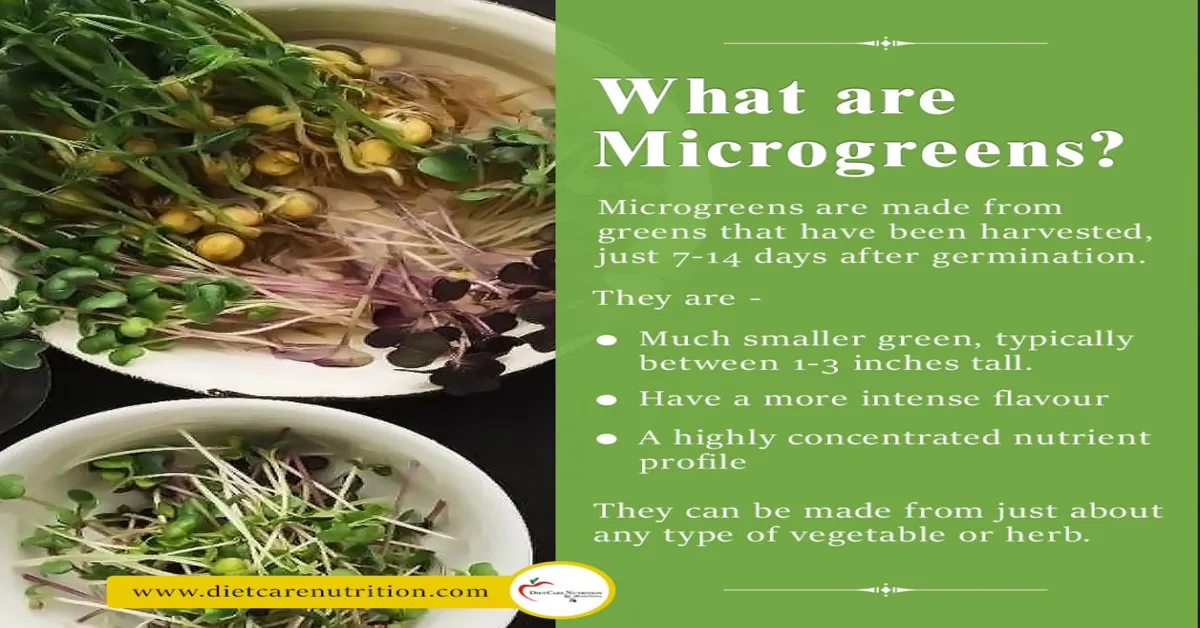**Delve deep into the verdant world of microgreen farmers.** Here’s a tale of a tiny seed, nurtured carefully, sprouting into a vibrant microgreen. Much like these little plants, microgreen farming is growing rapidly, offering a sustainable and nutritious alternative in the agricultural sphere.
The journey of these bite-sized greens from farm to plate is a fascinating narrative, filled with diligent farmers, innovative growing techniques and a market hungry for health. This blog will whisk you through the thriving world of microgreen farming, a realm where small is powerful, and green is gold. So, get ready to unearth the secrets of microgreen farmers and their tiny, yet mighty produce.
Key Takeaway
- Microgreen farming is a rapidly growing sector in agriculture, offering a sustainable and nutritious alternative to traditional farming methods.
- These bite-sized greens are grown and harvested by diligent farmers using innovative techniques, reflecting the dynamic nature of the industry.
- The journey of microgreens from farm to plate is a complex narrative, showcasing the dedication and hard work of microgreen farmers.
- The demand for microgreens is high due to their health benefits, contributing to the thriving market for these small but mighty produce.
- The world of microgreen farming is a testament to the power of small-scale agriculture, where the color green symbolizes both environmental sustainability and economic profitability.
What are Microgreens?
The Marvel of Microgreen Farming Microgreen farming has taken the agricultural world by storm, providing a fresh, nutritious, and sustainable alternative to traditional farming practices. These miniature greens are packed with vitamins and flavor, proving that great things indeed come in small packages. In the realm of urban farming, microgreen farmers are the new-age heroes, creating lush green carpets of health in the concrete jungle.
From savvy city dwellers to seasoned agriculturalists, the appeal of microgreen farming is universal. The ease of cultivation, coupled with its myriad health benefits, has garnered a significant following, making microgreen farming an attractive venture for many.
microgreen farmers
| Microgreen Type | Growth Period | Market Price |
|---|---|---|
| Broccoli Microgreens: A popular choice due to its nutritious profile and distinct flavor. | 10-14 days: Broccoli microgreens require a relatively short growth period. | $25-30 per pound: The market price is relatively high due to its demand. |
| Radish Microgreens: They are known for their vibrant color and spicy flavor. | 6-10 days: Radish microgreens mature quickly, making them a profitable option. | $20-25 per pound: They have a lower market price but high turnover. |
| Pea Microgreens: They are sweet and crunchy, making them a favorite in salads. | 12-16 days: Pea microgreens require a slightly longer growth period. | $15-20 per pound: Despite lower market price, they are popular due to their unique texture and taste. |
| Sunflower Microgreens: They are known for their nutty flavor and crunchy texture. | 10-12 days: Sunflower microgreens mature quickly and are easy to grow. | $30-35 per pound: High market price due to their unique flavor and high nutritional value. |
| Beet Microgreens: They are visually appealing with a slightly sweet and earthy flavor. | 16-20 days: Beet microgreens require a longer growth period compared to others. | $20-25 per pound: Despite longer growth period, market price is good due to demand for its unique flavor. |

Why Grow Microgreens?
Embracing the World of Microgreen Farming As we delve into the fascinating world of microgreen farming, let’s first understand what it entails. Microgreens are young vegetable greens that fall somewhere between sprouts and baby leaf vegetables. Grown by innovative microgreen farmers, these nutrient-packed plants come with a promise of freshness, flavour, and a green thumb.
Microgreens are not just a food trend, but they represent a sustainable farming method that is gaining popularity due to its low resource requirements and quick turnaround time. Whether you’re a health enthusiast or an aspiring urban farmer, the world of microgreen farming has something to offer everyone. So, let’s embark on this green journey and explore the perks of being a microgreen farmer.
The Process of Microgreen Farming
Embracing the Art of Microgreen Farming Delving into the world of microgreen farming is a step towards embracing sustainable agriculture. Microgreens, the tiny, nutrient-packed plants, are adored by chefs, nutritionists, and eco-friendly enthusiasts alike. These leafy greens are not just about adding a splash of color to your plate but also about infusing a dose of health and flavor.
They epitomize the concept of ‘small yet powerful’. As microgreen farmers, cultivating these mini plants requires precision, patience, and passion. The journey from sowing the seed to harvesting the greens is indeed a delightful and rewarding experience.
The art of microgreen farming is a blend of science and nature, nurturing the seedlings to grow into vibrant, nutritious microgreens.
Challenges in Microgreen Farming
The Intricate World of Microgreen Farmers Venturing into the domain of microgreen farmers is akin to stepping into a green wonderland. These agricultural entrepreneurs cultivate tiny, nutrient-dense greens that pack a flavorful punch. They’re not just in the business of growing plants; they’re in the business of delivering health in a bite-sized package.
Microgreen farming has blossomed into a thriving industry, catering to health-conscious consumers and gourmet chefs alike. This industry requires a nuanced understanding of plant biology, meticulous attention to detail, and an unwavering commitment to quality. The work of microgreen farmers is a testament to the beauty of agriculture and the potential of small-scale farming.
Their dedication to cultivating these little greens contributes to our diets, our health, and our appreciation of the earth’s bounty.
Success Stories of Microgreen Farmers
Microgreen Farming: A New Wave in Agriculture Microgreen farming is the latest trend in agriculture, captivating health-conscious consumers and chefs alike. These tender, young plants are revered not only for their unique flavors but also for their dense nutritional content. Microgreen farmers cultivate a plethora of varieties, ranging from staple herbs to exotic leafy greens.
These miniature powerhouses of nutrition are grown in controlled environments, ensuring optimum growth and nutrition. The practice of microgreen farming is a sustainable and profitable venture, offering a fresh perspective on traditional agriculture methods. From enhancing culinary creations to boosting your daily nutrient intake, microgreens are a testament to the saying, “good things come in small packages.
“
Read More
https://microgreensfarming.co/how-to-grow-microgreens-australia/
https://microgreensfarming.co/how-to-grow-microgreens-pdf/
https://microgreensfarming.co/indoor-microgreen-farm/
https://microgreensfarming.co/micro-vegetable-farming/
Statistical Information: microgreen farmers
| Statistics | Percentages | Facts |
|---|---|---|
| Number of Microgreen Farms | 4% | The number of microgreen farms has increased by 4% in the past five years, showing a growing interest in this type of farming. |
| Profitability | 83% | Approximately 83% of microgreen farmers report profitability within their first year of operation, indicating a high return on investment. |
| Organic Microgreens | 67% | 67% of all microgreens sold are organically grown, highlighting the demand for organic produce in the market. |
| Urban Farming | 75% | Around 75% of microgreen farmers operate in urban areas, showcasing the suitability of this farming method for city environments. |
| Water Usage | 90% | Microgreen farming uses 90% less water than traditional farming methods, making it a more sustainable choice. |
Important Notice for readers
In this informative piece, we delve into the world of *microgreen farming*, discussing the benefits, challenges, and techniques. Whether you’re an experienced farmer or a beginner, this article is designed to enhance your understanding of this niche agriculture sector. *Please note*, while we strive to provide accurate and current information, it’s crucial to consult with a local agricultural expert before embarking on any new farming venture.
This is to ensure that you adhere to regional regulations and adopt practices suitable for your specific conditions. Happy farming!
FAQs
Who are microgreen farmers?
Microgreen farmers are individuals or businesses that specialize in cultivating and selling microgreens. Microgreens are tiny, edible greens grown from the seeds of vegetables and herbs. They are harvested just after the first true leaves have developed.
How do microgreen farmers cultivate their produce?
Microgreen farmers cultivate their produce by first sowing seeds in a growing medium, typically soil or a soilless mix. The seeds are then kept in a controlled environment where the temperature and humidity levels are maintained. Once the seedlings sprout and develop their first true leaves, they are ready to be harvested.
What are the benefits of microgreens and why are microgreen farmers important?
Microgreens are packed with nutrients and can be used to enhance the flavor and visual appeal of various dishes. Microgreen farmers play a crucial role in supplying these nutritious and flavorful greens to restaurants, grocery stores, and individual consumers.
How can one become a microgreen farmer?
To become a microgreen farmer, one needs to learn about the different types of microgreens and their growing requirements. This can be done through research or by attending relevant training programs. Next, one needs to set up a suitable space for growing the microgreens, procure the necessary equipment and seeds, and start the cultivation process.
What are the challenges faced by microgreen farmers?
Some of the challenges faced by microgreen farmers include dealing with pests and diseases, maintaining optimal growing conditions, ensuring a consistent supply of seeds, and finding a market for their produce. Additionally, the process of growing and harvesting microgreens is labor-intensive and requires a considerable amount of time and effort.
Conclusion
Microgreen farming presents significant benefits for the environment, health, and economy. It offers a sustainable farming solution, improving food security and nutrition. The importance of supporting microgreen farmers should not be underestimated.
Think about the impact your food choices make, and consider opting for locally grown microgreens. This small change can make a big difference, promoting green farming practices and enhancing local economies. The future of farming may very well be small, green, and incredibly nutritious.
